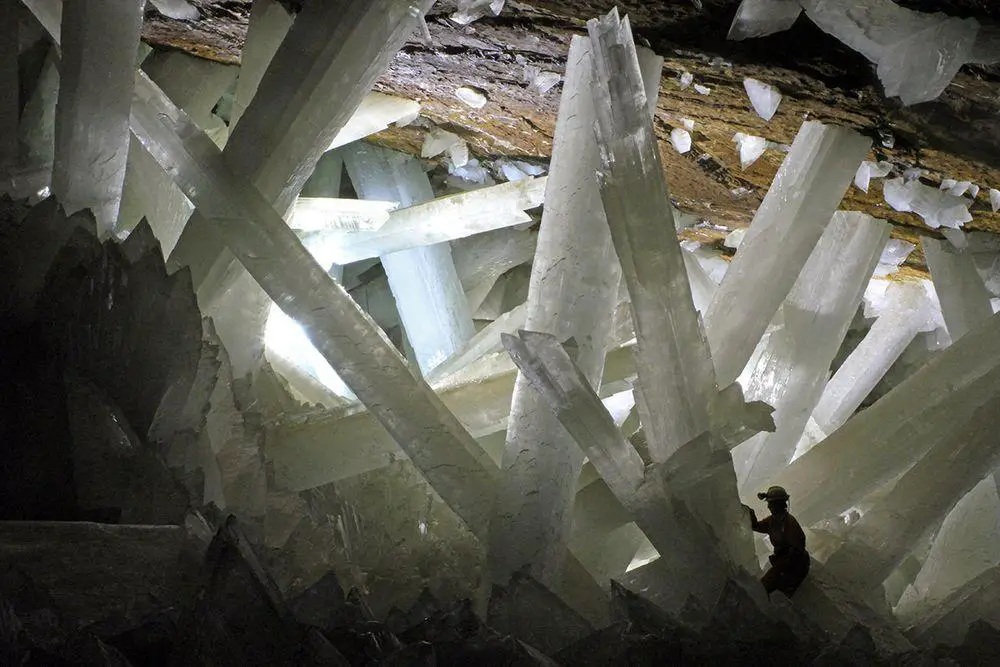World 🢖 Australia and Oceania 🢖 Micronesia 🢖 Northern Mariana Islands
Fumaroles 🢔 Geothermal features 🢔 Geological wonders 🢔 Categories of wonders
Wonder
North-West Eifuku Champagne Vent
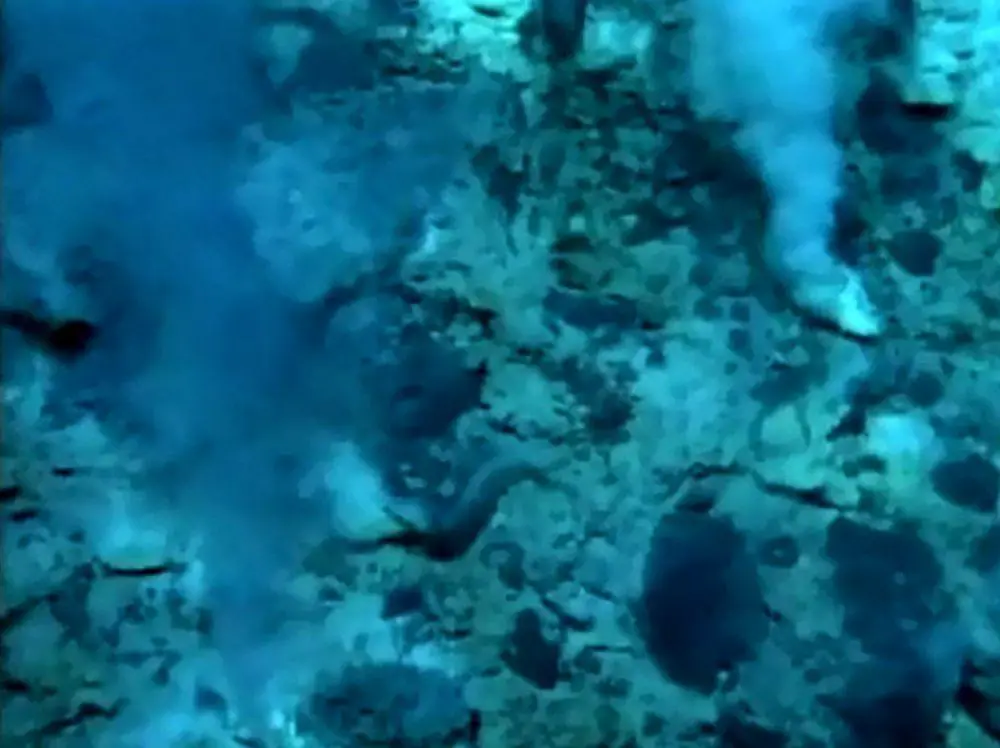
 In short
In short
Only some decades ago it was discovered that at some submarine volcanoes can be found hot springs which emit liquid carbon dioxide. Best known is the North-West Eifuku Champagne Vent in the Northern Mariana Islands.
 38.3%
38.3%
GPS coordinates
Location, address
Temperature of liquid
Map of the site
If you see this after your page is loaded completely, leafletJS files are missing.
 In detail
In detail
Discovery
In 1990 there was published a Japanese research paper about the discovery of unusual hydrothermal vents in Okinawa Through – there deep under the water formed bubbles of liquid carbon dioxide.
Next "springs" of liquid carbon dioxide were discovered in the Northern Marianas in April/May 2004, when the active submarine volcanoes were explored by the USA-led "Submarine Ring of Fire 2004" expedition.
There were explored several active geothermal fields around the submarine NW Eifuku volcano, but the most exotic one had numerous soapy bubbles rising from it and thus this field was called "Champagne".
This unusual natural landmark is located at the depth of 1,607 m and the discovery was made by a robot – remotely-operated vehicle ROPOS.
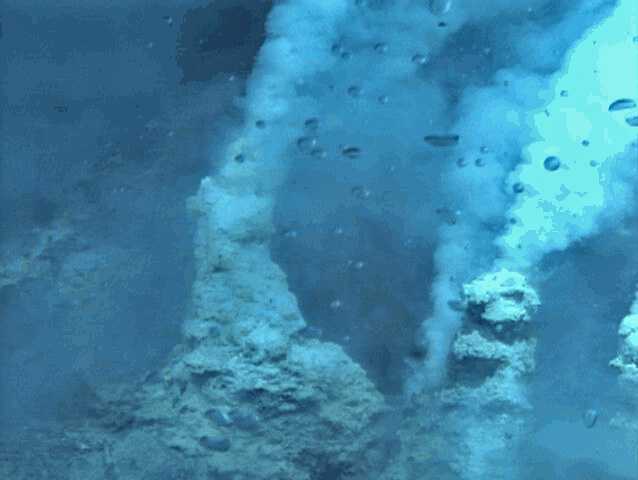
Breath of the former life
The gases are coming through several so-called "white smokers" – small mounds which emit a light-colored, misty liquid. These mounds in the Champagne field are up to 1 m high and the emitted liquid is up to 103° C hot.
Next to these white plumes from the ocean bed are rising bubbles of cold (less than 4° C), liquid carbon dioxide. It is in a liquid state due to the high pressure in this depth. These bubbles are not transparent but rather white-colored – their walls are covered with hydrate (or clathrate) of carbon dioxide.
Also the white plume contains a very high, even unprecedented amount of carbon dioxide. Every second towards the surface of the ocean rise 23 moles of CO2.
Scientists consider that such a high amount of this gas is produced due to the following reasons:
- Here is located subduction zone – the floor of the ocean here is diving into the hot entrails of the Earth;
- Floor of the ocean is covered with a layer of carbonates (limestone, dolostone) – remnants of the ocean life, such as fishes, crustaceans and plankton;
- As carbonates reach the heat, there is emitted the carbon dioxide from this material. This gas rises upwards until it reaches atmosphere.
Thus, in a way these bubbles represent the last breath of the ocean life.
Acid ocean?
Lately there are discovered more and more such emissions of liquid carbon dioxide. Thus, for example, at Nikko and Daikoku submarine volcanoes such carbon dioxide bubbles rise from the pools of liquid sulfur. Wild exotics! New discoveries are reported also near the Kermadec Islands.
Scientists consider that these springs can help us to understand the effects of acidification on ocean life. Thus, it has been reported that mussels near NW Eifuku Champagne vents have considerably thinner shells. This research though is at an early stage.
References
- Lupton, J.; Lilley, M.; Butterfield, D.; Evans, L.; Embley, R.; Olson, E.; Proskurowski, G.; Resing, J.; Roe, K.; Greene, R.; Lebon, G. Liquid Carbon Dioxide Venting at the Champagne Hydrothermal Site, NW Eifuku Volcano, Mariana Arc. American Geophysical Union, Fall Meeting 2004, abstract #V43F-08.
North-West Eifuku Champagne vents are included in the following list:
 Linked articles
Linked articles
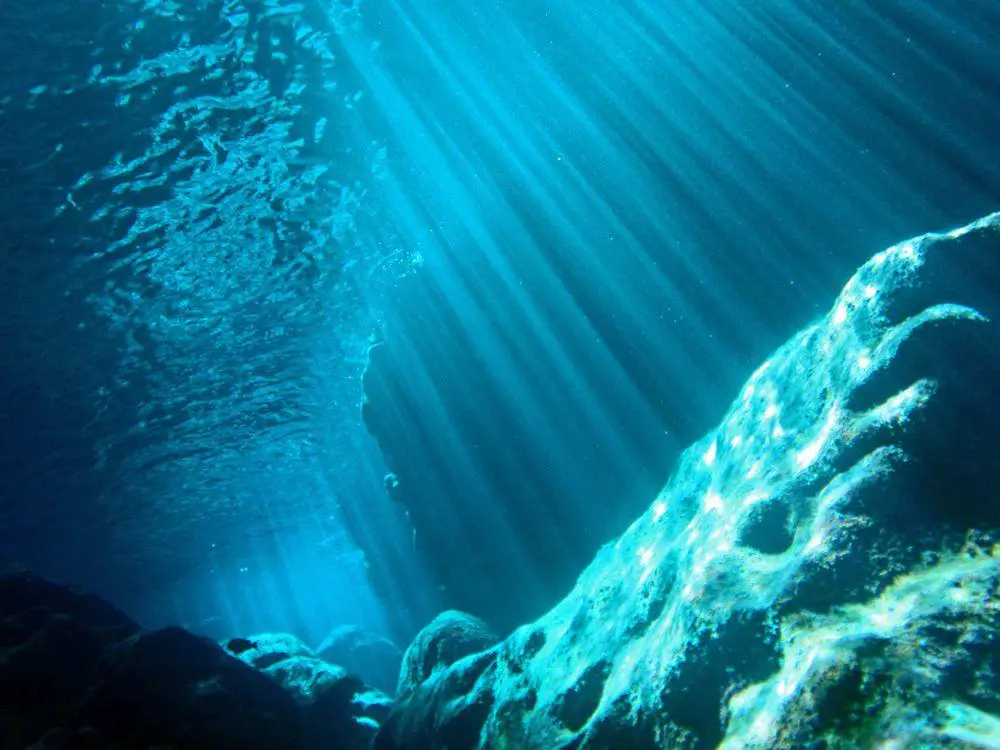
Wonders of Northern Mariana Islands
Highlights of the Northern Mariana Islands are the unique submarine volcanoes, the gorgeous nature, and local megaliths – latte stone settings.
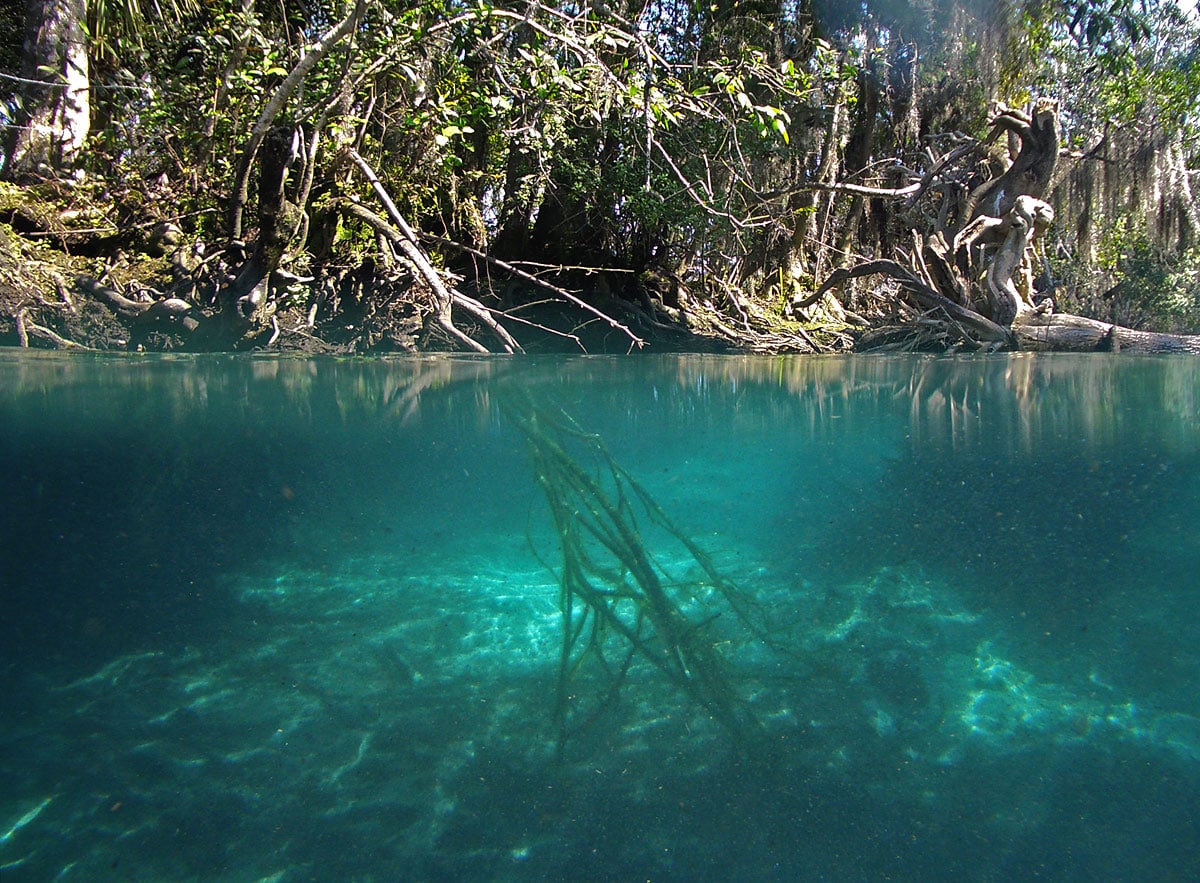
Springs
Powerful natural freshwater springs belong to the most fascinating monuments of nature. Even more exciting is the diversity of unusual springs – mineral springs, hot springs, submarine springs as well as the unusual black smokers. Especially beautiful are such natural rarities as travertine, silica, or salt terraces created by warm and hot springs and, especially, geysers.
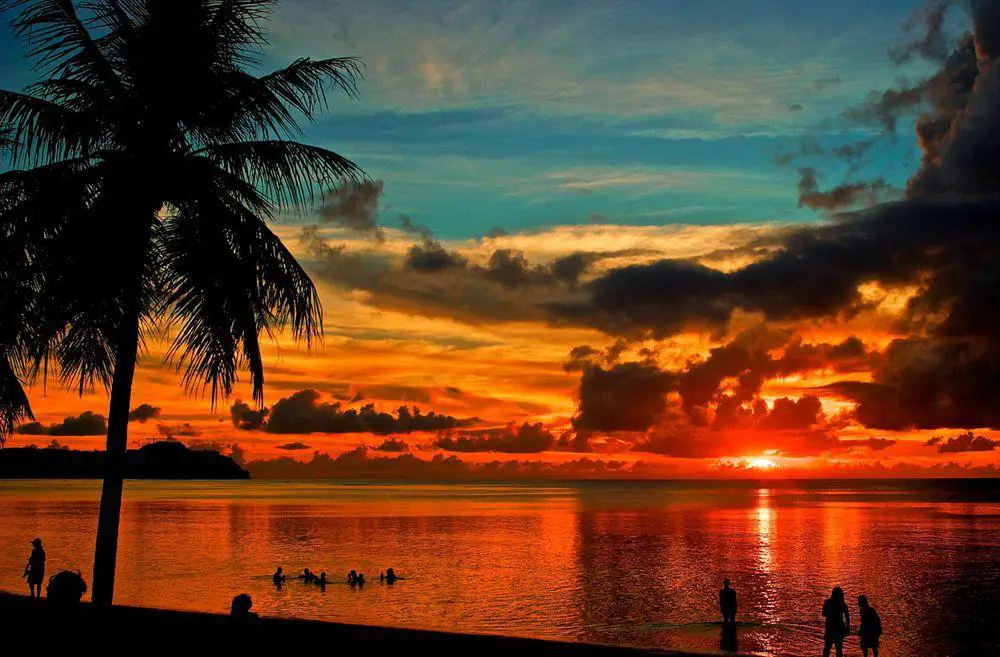
Wonders of Micronesia
Micronesia consists of a huge number of scattered, small islands. Many are low-lying atolls, but several islands offer true mountain scenery and are covered with rainforests. In the Northern Mariana Islands are located several exotic volcanoes which are covered with lush, primeval forests.
 Recommended books
Recommended books
Diving to a Deep-Sea Volcano
Scientists have mapped less than 10 percent of the ridge of underwater mountains in the middle of the Atlantic ocean. It is here that 95 percent of the volcanic activity on earth occurs. And it is also where the scientist Rich Lutz has tracked the remarkable evolution of bizarre creatures that spawn in hydrothermal vent fluids that are poisonous to most other forms of life.
Submarine Volcanoes and Volcanic Islands
This book is about submarine volcanoes and their ‘children’, the volcanic islands. Discover how these volcanic ‘giants’ are born under the seas and the oceans. Find out when a new island may emerge through lava.

